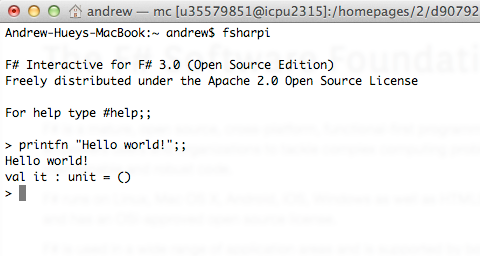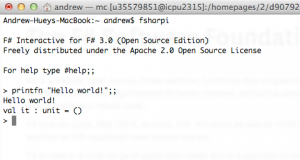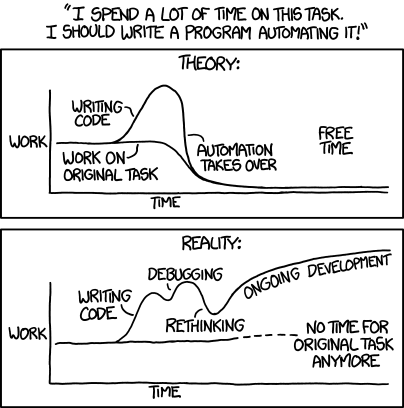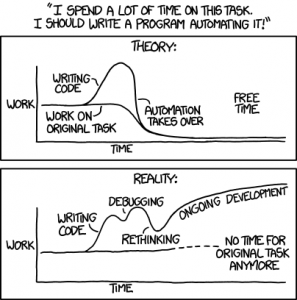I received a letter from my landlord this week notifying me that they would be coming through on Monday and spraying for bugs. The letter said that I should clear off my kitchen counters, and move everything out from the cabinets below the counters, and from under the bathroom sink. I only recall them sending out a notice like this once before, maybe seven or eight years ago. As far as I can tell, we don’t actually have a pest problem, but maybe there’s an issue elsewhere in the building.
Either way, I took this as an opportunity to do some spring cleaning this morning. In addition to throwing out a bunch of random stuff from the kitchen, I also decided to toss out a bunch of old computer books. I threw out maybe 30 or so books. I’ve done this before, and probably blogged about it, so I’m not sure if I’l be saying anything new here. But I wanted to take a break from cleaning and write up a blog post, so here we are.
I haven’t been buying a lot of hard-copy computer books lately, preferring DRM-free e-books instead. At my current job, I have exactly one hard-copy book at my desk. I also have three e-books on my computer that I refer to regularly. At my previous job, I kept maybe a half-dozen hard-copy books on my desk, and a few e-books. At the job before that, I had a whole bookshelf unit, probably six feet tall and three feet wide, full with books (and admittedly a large array of random knick-knacks), most of which I’d bought myself. I left quite a few of them behind when we went out of business, but I took a couple of boxes of them home; most of those went into the recycling dumpster today.
I’ve been buying most of my e-books from O’Reilly. Generally, I wait for them to have a good sale, as they did last week, on the Day Against DRM. Packt had a really good sale too, any book for $10. I ended up buying three books from Packt. They publish such a wide variety of stuff, I found myself with maybe 15 tabs open while I was shopping, looking at all the cool stuff I’d like to learn about. But I know, at this stage in my life, and with the speed that technology changes, that I’m not going to read 15 programming-related books before at least 12 of them are hopelessly out of date. So I settled on buying just three.
I should make a point of checking back in a year, and seeing how many of them I’ve actually read. But, hey, if I don’t read them, I’m only out $10 each and there’s nothing to drag out to the recycling bin!





